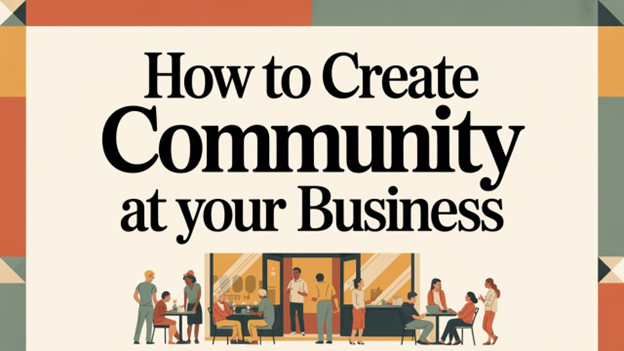How to Win Over Customers with Emotional Marketing
There’s a Jeep commercial circulating right now that stars Harrison Ford talking about choices and how life doesn’t come with an owner’s manual. It’s one of those ads you watch the entire way through because it’s evocative and makes you feel something. You hardly even notice that they’re selling a vehicle, but you buy into the lifestyle presented, which is Jeep’s goal.
Winning customers isn’t just about having a great product or service—it’s about making people feel something. The best brands don’t just sell; they connect, entertain, and even challenge their audiences.
If you want to turn heads and build a loyal customer base, you don’t need to have Jeep’s ad spend. You can use these five powerful marketing techniques in your email, video, and social media campaigns.
1. Surprise Them with the Unexpected
Have you ever seen a video of a ferocious gorilla cradling a stuffed animal? You notice it because it breaks the norm. It’s unexpected.
Shocking or provocative marketing makes people stop scrolling and start talking. Use bold visuals, unexpected comparisons, or tackle an issue in a way no one else has. The key is to be tastefully disruptive—shocking for the right reasons, not just for controversy’s sake.
Example: A coffee shop launches an ad/marketing campaign with the slogan, “Sleep is overrated.” The ad features people snoozing in unexpected places—like a boardroom or a wedding—only to wake up rejuvenated with a cup of their signature brew. It’s humorous, eye-catching, and reinforces the product’s value.
2. Align with What Matters to Customers
More than ever, consumers—especially younger ones (hello, Gen Z)—want to support brands that align with their values. Whether it’s sustainability, diversity, or social justice, people are willing to pay more for companies that stand for something.
Example: A fashion brand emphasizes its commitment to ethical manufacturing by showcasing the artisans who make their products, rather than just the clothes. The campaign highlights fair wages, sustainable materials, and real stories, making customers feel good about their purchases. Another example is a restaurant in Florida that printed on the first page of its menu that it pays the staff a living hourly wage with medical benefits as a reason for slightly higher dine-in prices.
3. Make Them Laugh
Laughter is appreciated by most people and humor makes brands more relatable and memorable. If you can cause someone to chuckle (with you, not at you), they’re more likely to remember your business—and even share your content.
Example: A bakery promotes its products with a campaign called “The Breakup Box”— designed for heartbreak recovery, featuring goodies decorated with phrases like “You were too good for them anyway.” It’s witty, shareable, and turns an everyday purchase into an experience.
4. Show What’s at Stake
Fear-based marketing isn’t about scaring customers—it’s about showing them what they might lose if they don’t act. It works well for industries like insurance, cybersecurity, and health because it highlights risks people may not think about.
Example: A cybersecurity company runs an ad featuring a business owner frantically calling IT after losing all their customer data to hackers. The tagline? “Hope is not a security plan.” It’s direct, powerful, and makes people think twice about their own vulnerabilities.
5. Tap into Nostalgia
People love reminiscing about the past. Nostalgia creates an emotional connection, making your brand feel warm, familiar, and trustworthy. Whether it’s referencing pop culture, childhood experiences, or past trends, nostalgia-based marketing can be a powerful tool.
Example: A toy store releases a campaign featuring classic ‘90s toys with the tagline “Some things never go out of style.” Parents who grew up in that era are instantly drawn in, eager to share a piece of their childhood with their own kids.
Hollywood knows this power better than anyone. They came out with a movie based on that creepy cymbal-banging, drum playing monkey toy from the late ‘60s-‘70s. If you were a child then (or watched the movie Poltergeist), you know what I mean. Nostalgia is not always heartwarming, but it does make you feel something.
The Winning Formula: Mix and Match
The best marketing campaigns often blend these techniques. A campaign can be funny and nostalgic, or shocking and value-driven. The key is to know your audience and choose the right emotional trigger that will make them stop, think, and, most importantly, take action.
(You’re still thinking about that monkey, aren’t you? That’s marketing power.)
-------
Christina Metcalf is a writer and women’s speaker who believes in the power of story. She works with small businesses, chambers of commerce, and business professionals who want to make an impression and grow a loyal customer/member base. She is the author of The Glinda Principle, rediscovering the magic within.
_______________________________________
Medium: @christinametcalf
Facebook: @tellyourstorygetemtalking
Instagram: @christinametcalfauthor
LinkedIn: @christinagsmith




